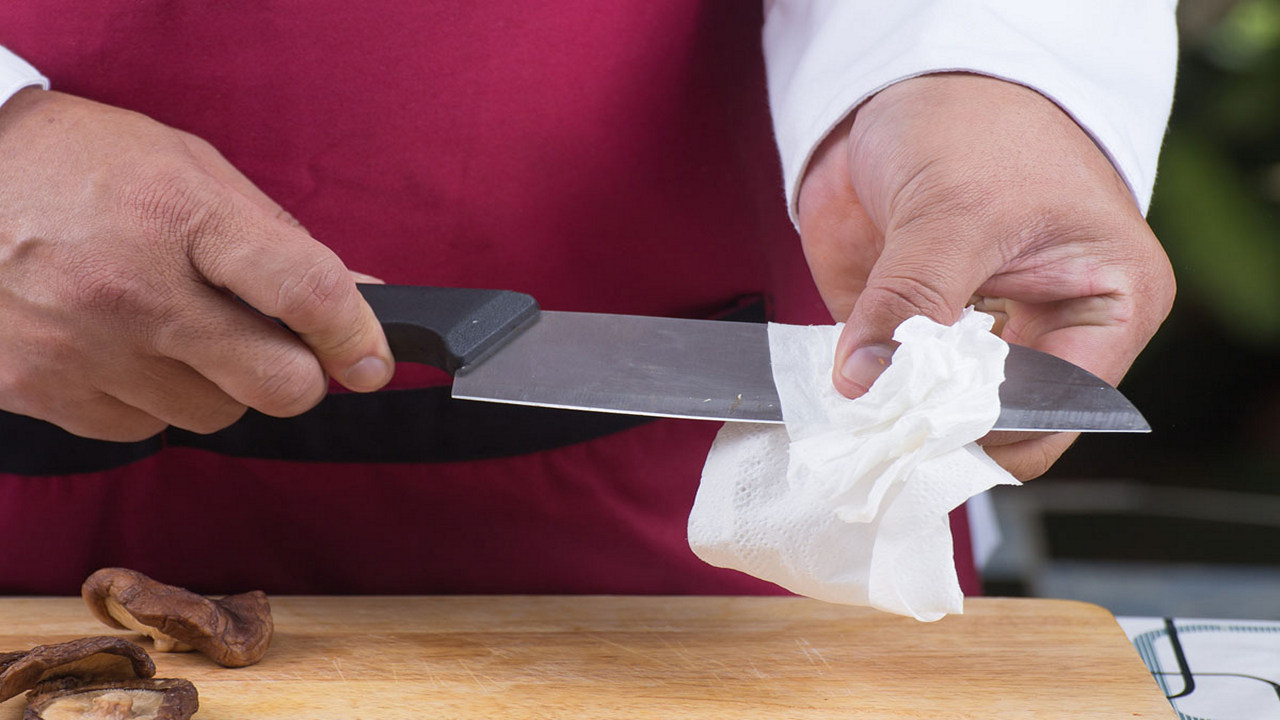The kitchen is an arena for battle and the knives are the weapons. For you to be efficient you must have proper tools. It is important to understand the uses and measures that apply to make your daily kitchen exchanges. Some of the tips in this article will give you a better understanding of proper use and care for kitchen knives. For more information on kitchen knives, follow KnivesAdvice, the market leader in the knives industry.
Using mineral oil

No matter how good your knife is, it subject to rusting, creaking, and corrosion. You can apply mineral oil to the surface of the blade to remove stains. Or apply on movable parts, like the handle, to prevent the creaky sounds. It also aids in keeping the knives edges longer since it reduces chances of drying and warping.
Honing before cutting or slicing
Honing is slightly increasing the sharpness of a blade before cutting something. Honing steel is used to help the blade maintain its cutting edge. It also should be used sparingly. If the blade is sharp enough, there is no need to use honing steel.

Clean after use
After cutting your ingredients, you should immediately wash the stains and dry your knives with a cloth. This will eliminate the paste formed with the cut ingredients and ensure the knives are stored in a dry condition. This practice will reduce the process of rusting.
Proper use of knives
Cutting equipment comes in different shapes and sizes. Differentiating where and when to use these tools will make your life easier, prevent injuries, and maintain your blades. Apart from that, you should understand the different types of knives that exist. Some of the common types include carving, serrated, steak, boning, and utility knives.
Understanding the different kinds of knives will help you use knives for their right purposes. Besides knowing the different functions, a good cook will understand basic knife skills. This will enable the use of a knife without jeopardizing your own safety.
Do not use knives as cleavers or chisels
Do not try to assign a different function of a knife. The most absurd one is trying to cut a tree with a knife. Others use an ordinary knife to cut a huge chunk of meat or remove screws from doors or electronics.
Having basic knife skills
Cutting ingredients should be difficult if you want it to. If you want to keep your fingers, you will have to understand that good technique is everything. Knife skills will make cutting, dicing, and mincing easier. Shape the hand without a knife in a claw-like manner. This will help in stabilizing the cutting motion as your knuckles will offer support for the knife. Then, ensure you have a good cutting motion. The movement should not be up and down in a straight motion.
Using stainless steel knives
Chefs recommend that you use stainless steel knives when dealing with ingredients like apples, tomatoes, and lemons. This is because of the acidic components – malic acid and citric acid – in the ingredients. Steel knives are vulnerable to such chemical elements and are more likely to rust. You should be conscious of this and switch knives when in this situation.